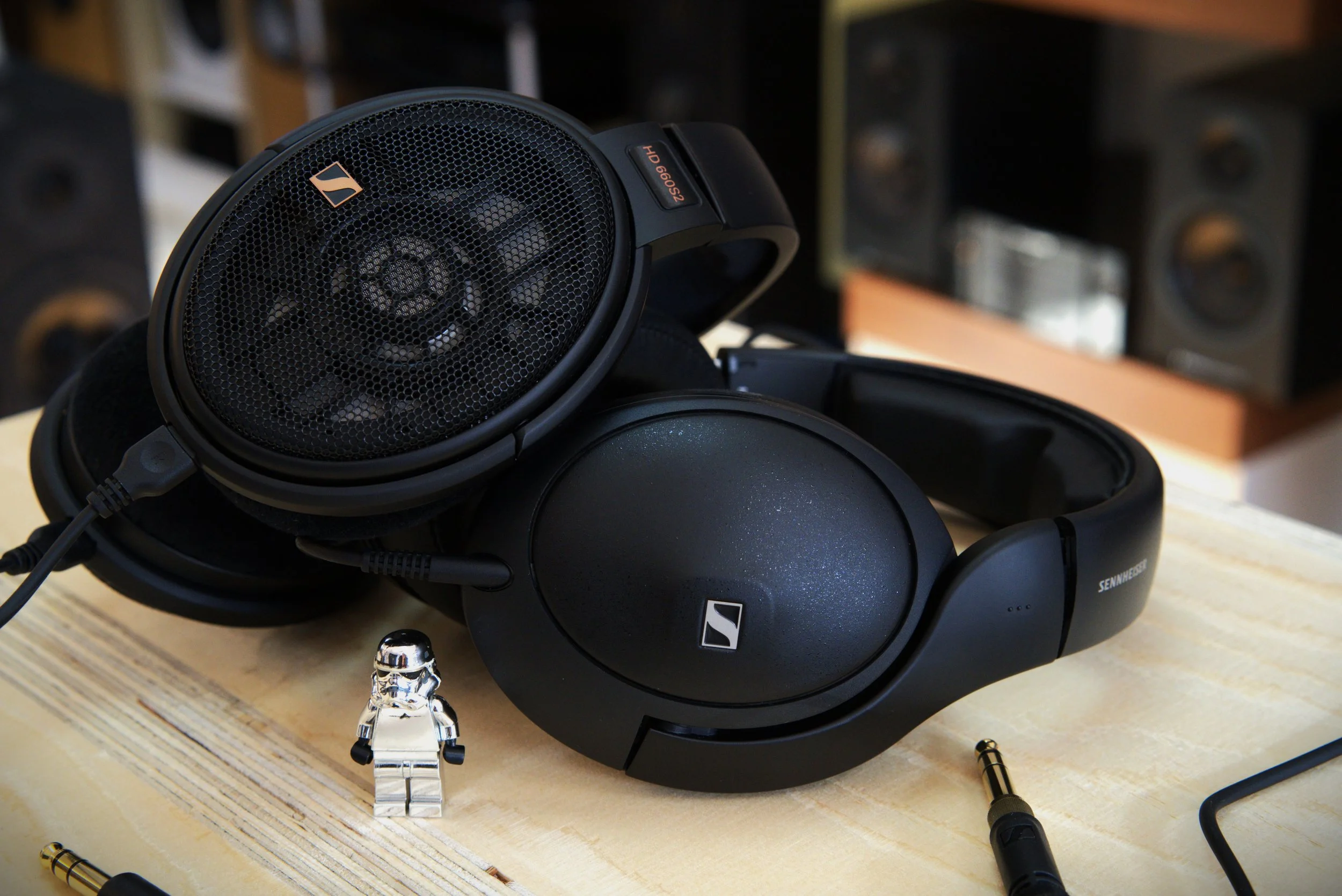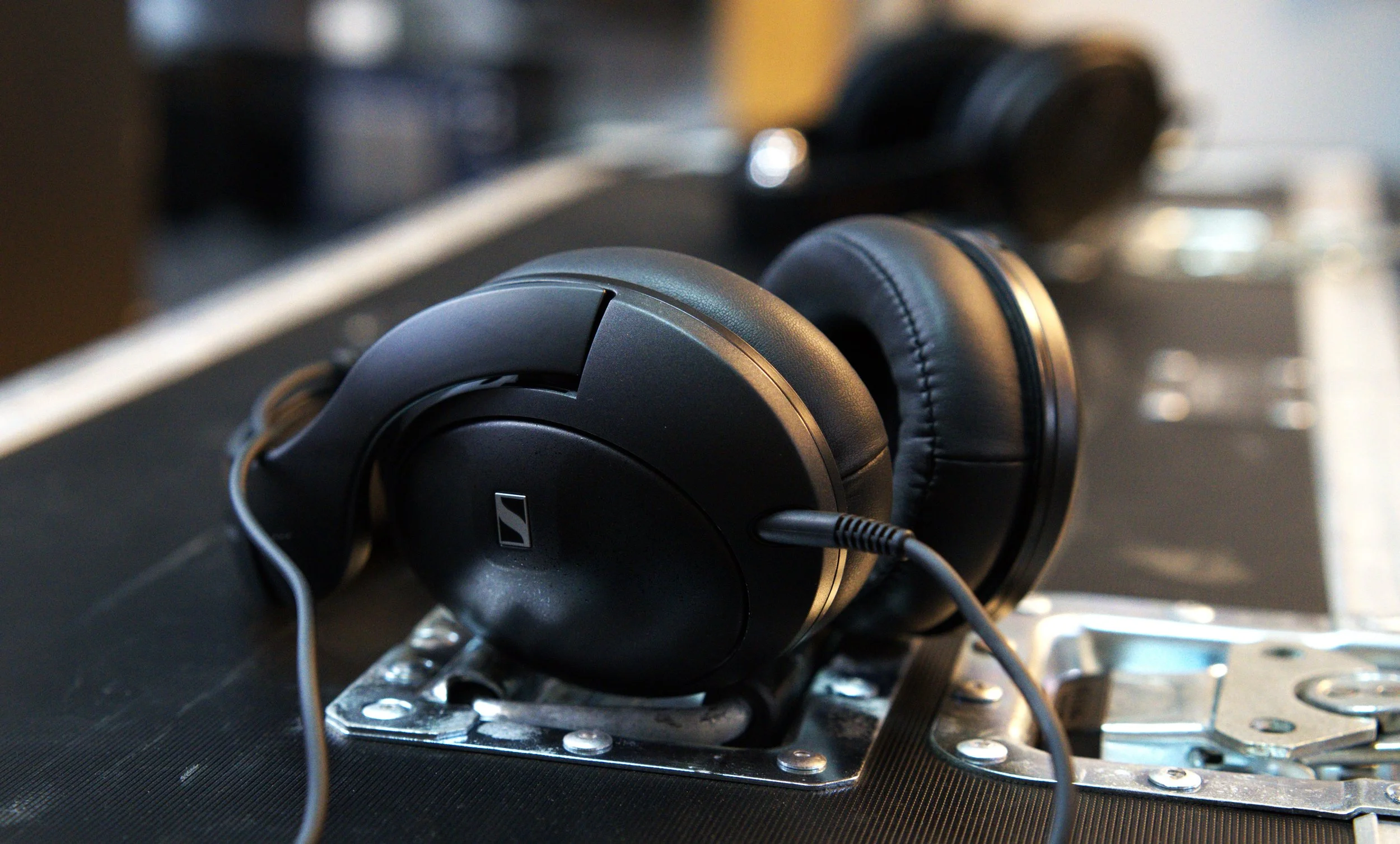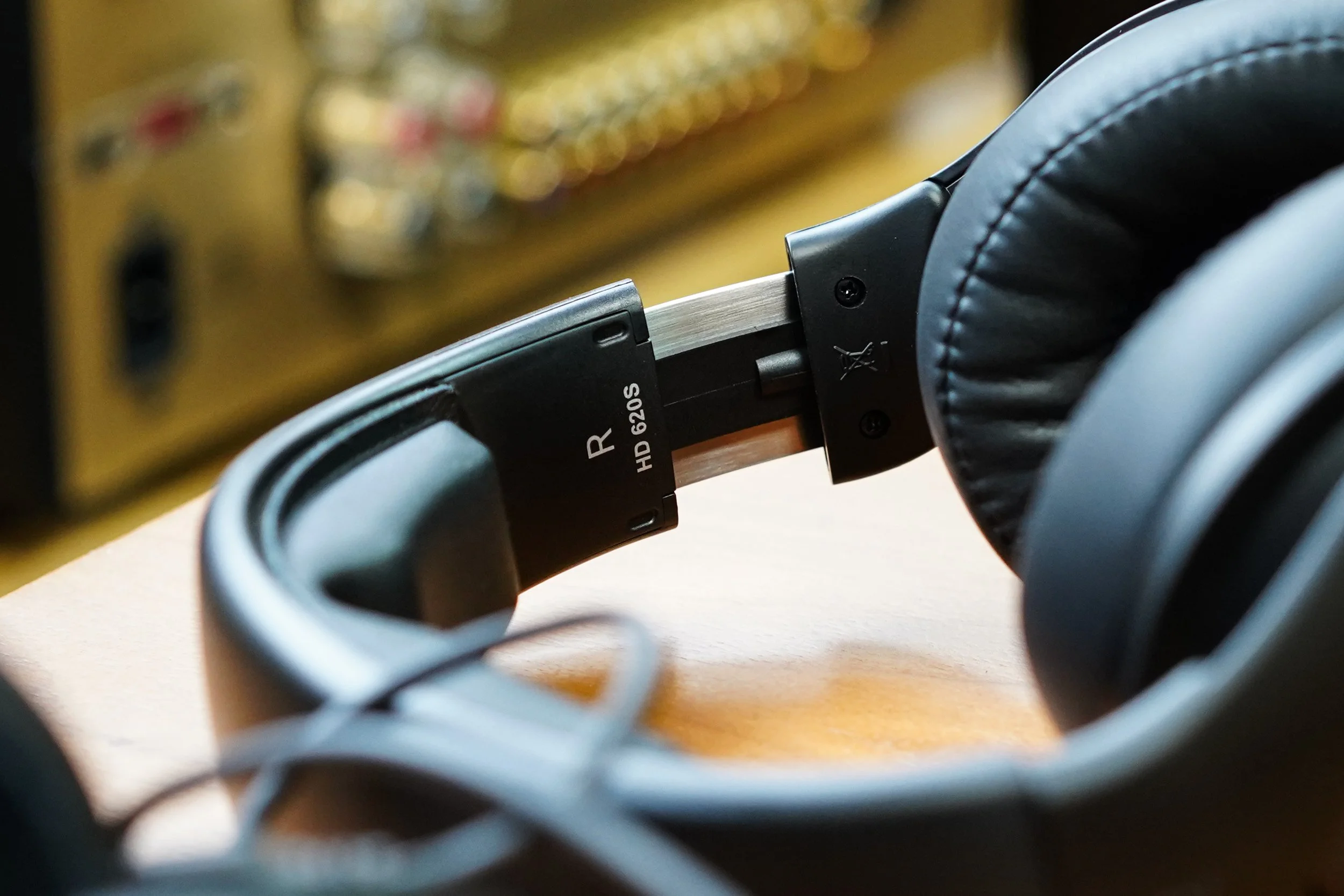Sennheiser 600 series has a new edition to the range and it's got it's own prerogative!
/Sennheiser HD 620S – How do they compare to the HD 660S2?
The 600 series from Sennheiser has been a staple of both audiophile and studio grade headphones for years now. With the studio ready HD 600 – the audio purist’s choice for reference playback. The more refined and tuned HD 650 - for analytical listening with expertly balanced acoustics, smooth response and a dimensional soundstage.
The new HD620S
And the latest open back offering in the range, the HD 660S2 – building on the recognised benchmark for neutral audiophile sound set by the HD600, HD 650, and original HD 660S, the S2 features numerous improvements on the previous models; such as enhanced sub bass response and a revised coil construction, providing higher magnetic force and electrical dampening for cleaner impulse response.
The Sennheiser HD 660S2 is an impressive successor to the HD 660S, refining the series’ already respected appeal.
the Hd 660s2 and the 620s
Launched in May of this year, the HD 620S is Sennheiser’s latest closed-back offering, designed for music lovers seeking exceptional sound quality and noise isolation, aiming to maintain the well established signature sound of the 600 series, with the added bonuses of next to no sound leakage.
Much like the rest of the 600 series family, the HD 620S2 combines advanced sound reproduction with a robust, comfortable design suitable for long listening sessions. At the core is a custom 42mm dynamic driver made in Sennheiser’s Tullamore facility in Ireland, which delivers a natural, immersive audio experience with well-defined bass and clear, responsive highs.
Sennheiser HD 620S2
They distinguish themselves by balancing the open-back sound qualities typical of the HD 600 series with the benefits of a closed-back design. This means listeners can enjoy high audio fidelity and expansive soundstage while minimizing external noise, making it versatile for environments where focus is essential. Sennheiser has enhanced the headphones’ construction with metal reinforcements and steel plates that help reduce internal reflections, which in turn preserves sound clarity and precision. This refined setup provides detailed sound localisation, beneficial for both music & film lovers, as well as gamers who prioritise spatial accuracy.
Sennheiser HD 660S2
Let's give them a listen, compare them to the HD 660S2 and discuss the strengths, differences and minor trade-offs between the two…
Sound Quality
Bass: Starting with the HD 660S2, one of the main improvements Sennheiser implemented on the S2 is the enhanced low-end response. Compared to the original HD 660S, the S2 has deeper and more defined bass, which gives it a fuller, richer sound. They appear to have utilised a similar approach on the new HD 620S, as they too have a deep, rich bass, with plenty of texture and prominence in the mix, without getting too overbearing. The 660S2's bass seems a little more pronounced, possibly due to their open back nature allowing more of the airy high frequencies to escape and 'float' around your head, while the bass remains thundering in the earcups. On the other hand the 620S' closed-back design keeps all those fine high end details ringing inside them, giving the impression of less outstanding bass in comparison. It's also worth noting that the frequency response on the 620S goes down to 20Hz, while the 660S2 reach down to 10Hz.
While listening to Nude from Radiohead's In Rainbows, Colin Greenwoods' Dub-like P Bass sounds full and driving, while still letting all the textural details and reverb trails happening around it shine through. The Moog-like synth bass at ~4:00 of Frank Ocean’s Nights resonated nicely on both pairs, providing lots of low end detail without muddying any of the low mids or other elements of the mix.
Mids: The HD 660S2 delivers exceptionally detailed mid-range, especially for vocals and instruments like guitars and strings. The mids are well-balanced and give a natural warmth that audiophiles will appreciate.
The 620S sounded a little clearer in the upper mids to our ears, but this range is where all the 600 series headphones shine, they capture vocal nuances and instrumental textures that help encapsulate an immersive and engaging listening experience.
The slow building dynamics and timbre of Thom Yorke's voice on Nude were crystal clear here, surrounded by glistening, chiming guitars and strings panned around the soundstage. The chirping guitars and spatial synth layers in Nights were crisp and clear too.
Treble: The treble range is smooth and clear, without harsh peaks or sibilance. Sennheiser designed it to avoid fatigue, making it suitable for long listening sessions.
Listening to Falaise by Floating Points, from the album Crush on the HD 620S, there's no escaping the soft background hiss swelling in before the first note pierces it with a soft whine. On the HD 660S2's however, this hiss is much less prominent and fades into the airiness of the open back ear cups, not really feeling like the piece “starts” until that initial piercing note.
While the highs may lack some sparkle for those who prefer a brighter sound, they maintain clarity and detail, ensuring a pleasant, non-fatiguing listening experience that’s perfect for detail-focused listeners.
A close up view of the 620 s drive unit
Soundstage and Imaging
The soundstage on the HD 660S2 feels open and well-defined, providing an immersive listening experience without the excessive width of some open-back headphones. Imaging is precise, allowing listeners to pinpoint the position of instruments and sounds with ease. This quality makes the HD 660S2 suitable for a range of music genres and for critical listening, where spatial accuracy and layering are crucial.
Since the HD 620S are closed-back, the sound stage isn't quite as wide as the HD 660S2, they will however, give you a more direct and isolated sound, allowing you to hear every detail no matter your environment.
On the other hand, the open-back HD 660S2 offer a more expansive sound stage. The imaging and instrument separation are excellent, which results in precise placement and spatial accuracy of sounds. This makes them ideal for those who enjoy complex compositions, acoustic music, or live recordings where separation of sound elements is essential, although wouldn't be suited to those without a quiet listening space.
HD 620s
Comfort and Build
Sennheiser has maintained the same sturdy build and understated aesthetic seen in previous models. The headphones feel both robust yet lightweight, with a combination of metal and plastic materials that offer durability without adding bulk. The HD 660S2 come fitted with velour ear pads and a well-padded matching headband to make them comfortable for extended listening sessions. On the HD 620S they've opted for leather on both the earcups and the headband padding, which although to us do feel just as comfortable, might end up on the sweatier side during long listening sessions compared to the velour.
The clamping force is moderate, which helps with stability but might feel a bit tight for some users initially, but tends to loosen slightly with use over time.
Compatibility and Connectivity
The HD 620S has been designed to work with both high-end and more accessible audio equipment, thanks to its 150-ohm impedance. A dedicated headphone amp or DAC would really make them shine, but wouldn't be essential.
The HD 660S2 however, with an impedance of 300 ohms, would benefit from a dedicated amplifier to reach their full potential. While you can drive them from a smartphone or a portable DAC, they really come alive when paired with a high-quality amplifier or desktop DAC. Audiophiles will appreciate the S2’s responsiveness to high-end audio equipment, where it reveals its full clarity and detail.
Mirroring this difference, the HD620S comes with a detachable 2m cable with a 3.5mm jack for ease of use with laptops, USB DACs etc. as well as a gold screw-on 6.3mm adapter & a carry pouch.
The HD660S2 comes with two detachable 1.8m cables, one with a 6.3mm jack and one with a 4.4mm balanced cable, more suited to high end equipment, along with the same carry pouch.
It may be worth noting that the HD620S cable only plugs into the left earcup via mini-jack whereas the HD660S2's cable attaches to both sides via a 2 pin plug.
Final Verdict
Whether you fall on the side of open or closed back, these headphones are well-suited to anyone who values detail, comfort, and a balanced sound profile without extreme bass or harsh treble. While they may require good amplification to reach their full potential, both the HD 660S2 & HD 620S provide a rewarding, natural listening experience for listeners who appreciate accuracy and musicality without excessive colouration. If you're lucky enough to have a quiet listening environment, with nothing to disturb or be disturbed by, then the HD 660S2 might be for you. If you value silence and environmental isolation is essential, the HD 620S may be up your street.
Give us a shout at Audio T Manchester if you'd like to book a listening session to try them out for yourselves.
Thanks for reading
James, Munir & Dave - Audio T Manchester
If you have any questions about any of the equipment featured in this article, or any other Hi-Fi or home cinema enquiries, be sure to Contact Us.
If you’ve enjoyed this, why not go ahead and read some more of our other blogs, and be sure to follow us on our social media channels below…
Sennheiser can be found at the following Audio T stores

















